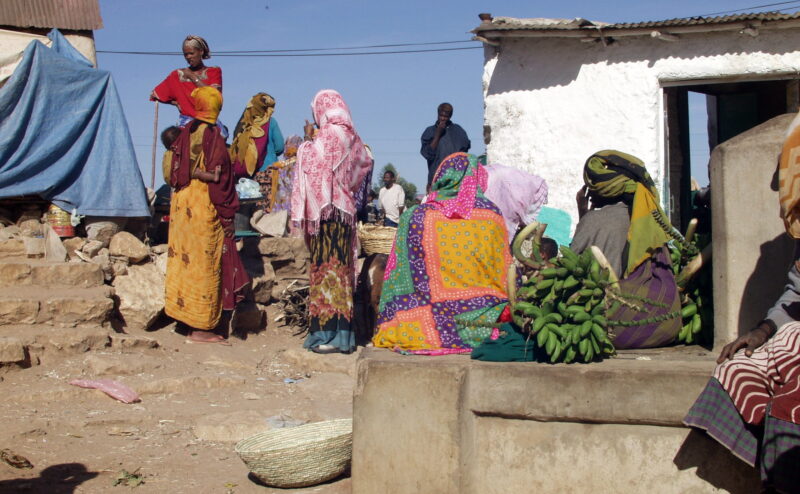sub-saharan africa
Sub-Saharan Africa is home to some of the poorest countries in the world. Many people in the barren, dry regions of the Sahel make their living from subsistence farming.
The poor infrastructure, long distances and a merciless climate make traveling in this area a challenge. But the fascination of the landscape and the diversity of the ethnic groups that populate the countries of the Sahel zone are a reward.
These countries are among the preferred travel regions of Traveldocs.
In the West African countries, the cultural traditions are still alive today and are visible to the traveler. Traditional clothing and hairstyle, vodoorites and a traditional medicine anchored in the population can be seen everywhere.
In the east, on the Horn of Africa, lies Ethiopia, with a magnificent mountain world and a centuries-old culture shaped by the Coptic-Christian faith in the north, and tribes in the south that still live very originally.
Numerous infectious diseases that do not or no longer occur in Austria are widespread here.
The medical infrastructure is incomplete, medical care with Western standards is only available in a few cities.
The security situation in many countries is volatile. Please inquire about the current situation shortly before your planned departure.
All countries in sub-Saharan Africa are yellow fever countries, and there are often entry regulations that make yellow fever vaccination mandatory.
With the standard vaccinations, make sure you have a current polio vaccination (infantile paralysis).
Typhus is useful for practically all trips to this part of the world.
Meningococci occur in large epidemics in countries just south of the Sahara – vaccination is highly recommended here.
Check the planned itinerary for emergency care options in the event of a suspected rabies animal bite.
please note
Many African countries have reported increased outbreaks of poliomyelitis (poliomyelitis) in recent years – make sure you have an up-to-date vaccination (it lasts 10 years and is part of the Austrian routine vaccinations).
Large parts of sub-Saharan Africa are a high-risk area for malaria. Malaria prophylaxis is recommended almost everywhere.
Only 3 drugs are still effective in the region: doxycycline, atovaquone-proguanil, mefloquine.
Since the medical infrastructure is very poor, you should be able to treat minor illnesses yourself and at least temporarily treat severe symptoms. It is imperative that you personally discuss with your doctor the composition of the medication that makes sense for your travel plans and, in particular, how to use them.
Draw up a vaccination plan no later than 6 weeks before departure
Take advantage of malaria advice and make the decision for the appropriate prophylaxis.
Clothing: hot and humid or dry and dusty, depending on the season. In the winter months, the nights in the Sahel region are cool, you also need warm clothes for Ethiopia in the evening and at night.











